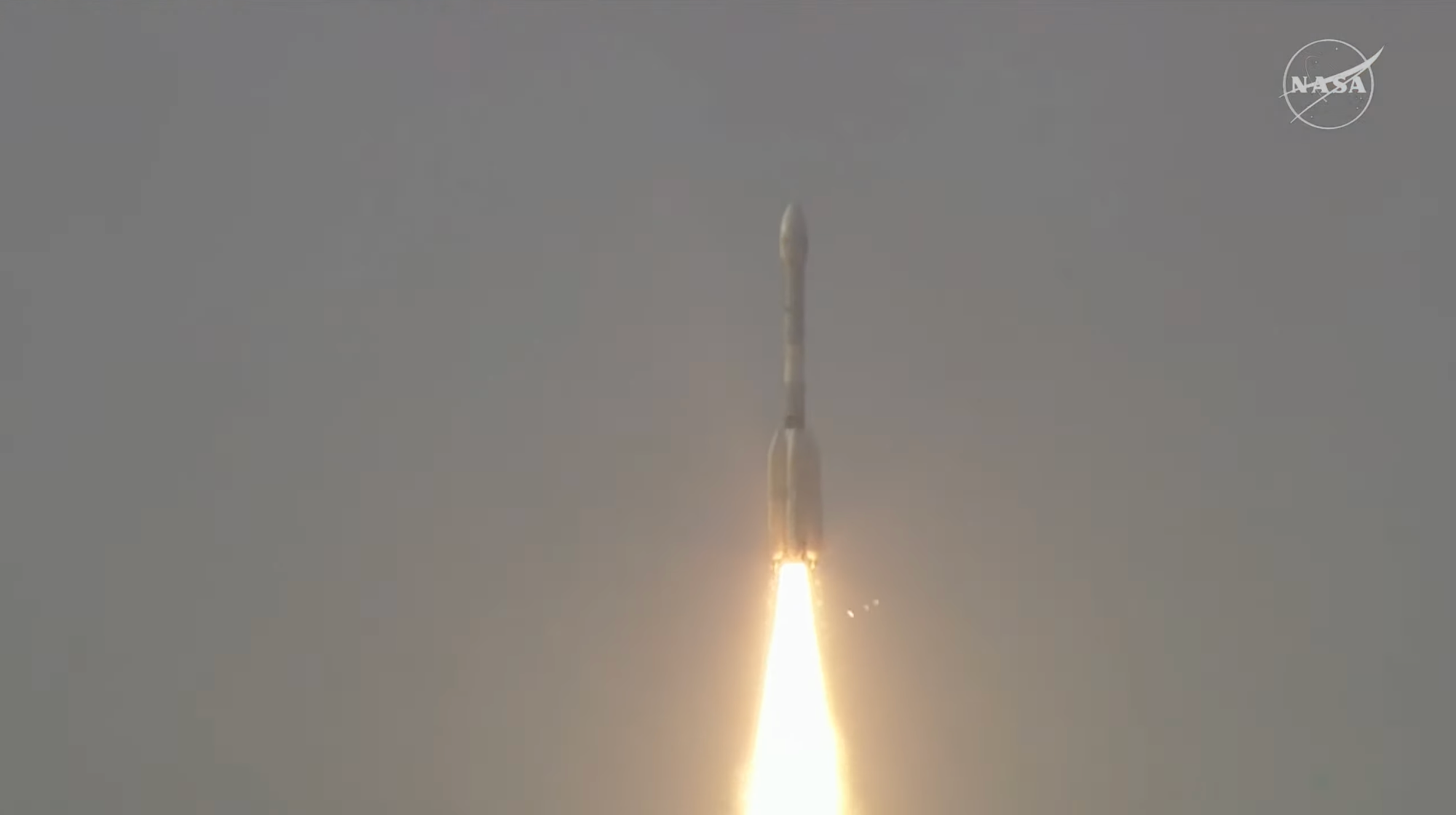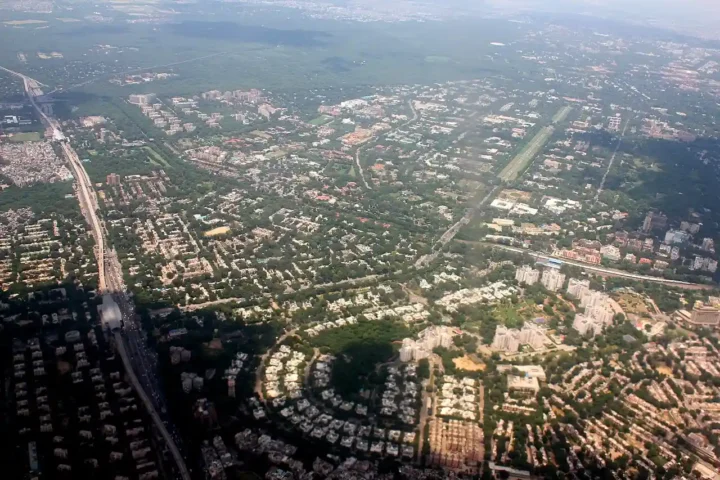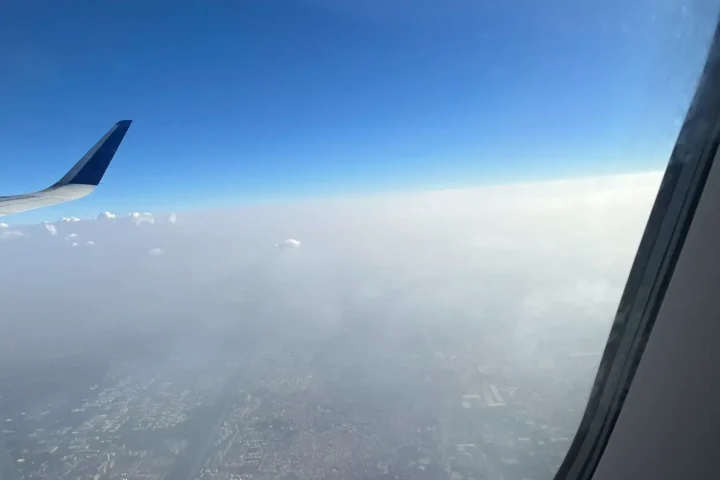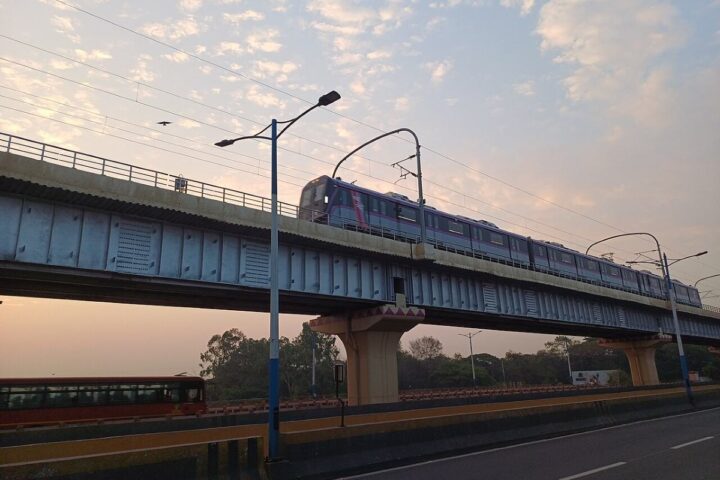India and the United States have successfully launched their joint Earth-observation satellite designed to track tiny shifts in land, ice, and vegetation across the planet. The NASA-ISRO Synthetic Aperture Radar (NISAR) lifted off on July 30, 2025, at 5:40 pm IST from the Satish Dhawan Space Centre in Sriharikota, India, aboard the GSLV-F16 rocket.
“GSLV has precisely injected NISAR into the intended orbit, 747 km,” confirmed ISRO Chairman Dr. V. Narayanan after the launch. The satellite has reached its sun-synchronous polar orbit as planned.
NISAR carries two advanced radar systems operating at different frequencies – an L-band radar (24 cm wavelength) provided by NASA and an S-band radar (10 cm wavelength) provided by ISRO. Together, these instruments will scan nearly all of Earth’s land and ice surfaces once every 12 days, with revisit opportunities averaging every six days on ascending and descending passes.
“NISAR will be the first radar of its kind in space to systematically map Earth,” explains ISRO in its mission overview. The satellite’s unique dual-band Synthetic Aperture Radar employs advanced SweepSAR technology, providing both high resolution and a large imaging swath.
This technical marvel weighs approximately 2,393 kg and features a massive 12-meter (39 ft) deployable mesh reflector antenna that will extend 9 meters away from the satellite during operation. The reflector will focus the radar signals emitted and received by the instrument structure.
Revolutionary Earth Monitoring Capabilities
NISAR’s radar technology can detect surface movements as small as a centimeter across, working day or night and through clouds, smoke, and vegetation. These capabilities make it invaluable for tracking changes in:
- Land deformation from earthquakes, volcanic activity, and landslides
- Ice sheet and glacier movement in polar regions
- Forest cover and biomass changes
- Soil moisture and agricultural patterns
- Wetland dynamics and flooding
“From 464 miles (747 kilometers) above Earth, NISAR will use two advanced radar instruments to track changes in Earth’s forests and wetland ecosystems, monitor deformation and motion of the planet’s frozen surfaces, and detect the movement of Earth’s crust down to fractions of an inch,” NASA stated after the successful launch.
Free Data Access for Researchers and Emergency Response
One of NISAR’s most important features is its open data policy. All information collected by the satellite will be freely available to researchers, governments, and emergency responders worldwide within one to two days after observation, and even faster during emergencies.
“All data from NISAR will be freely available one to two days after observation and within hours in case of emergencies like natural disasters,” according to official mission documentation. This rapid data sharing aims to support disaster management, climate research, and resource planning globally.
Similar Posts
Mission Timeline and Next Steps
Following the successful launch, NISAR now enters a 90-day commissioning phase where engineers will conduct initial system checks, deploy the 12-meter reflector, and calibrate the instruments. This careful preparation is essential before the satellite begins its planned three-year science mission (with potential to extend to five years).
The commissioning phase includes several critical steps:
- Initial checkout of core systems
- Deployment of the reflector approximately 17 days after launch
- Engineering checkout of all payload instruments
- Thorough calibration and validation of measurements
“ISRO’s GSLV has precisely injected NISAR satellite into the intended orbit, 747 km. I am happy to inform that this is GSLV’s first mission to Sun-synchronous polar orbit,” said ISRO Chairman Dr. V. Narayanan after the launch. “With this successful launch, we are at the threshold of fulfilling the immense scientific potential NASA and ISRO envisioned for the NISAR mission since the 2014 agreement.”
A Milestone in International Collaboration
NISAR represents a groundbreaking partnership between the United States and India that began with a 2014 agreement. NASA provided the L-band radar, GPS receiver, solid-state recorder (with 9 Tbit capacity), and a 3.5 Gbit/s Ka-band telecom system. ISRO contributed the S-band radar, spacecraft bus, and launch vehicle.
With a total mission cost of approximately $1.5 billion (NASA’s share about $1.12 billion and ISRO’s about $93 million), NISAR is considered the most expensive Earth-imaging satellite ever built.
“Congratulations to the entire NISAR mission team on a successful launch that spanned across multiple time zones and continents in the first-ever partnership between NASA and ISRO on a mission of this sheer magnitude,” said Nicky Fox, associate administrator of NASA’s Science Mission Directorate.This successful launch marks the beginning of a new era in Earth observation, with unprecedented data to help address some of humanity’s most pressing challenges related to climate change, natural disasters, and environmental management.


















